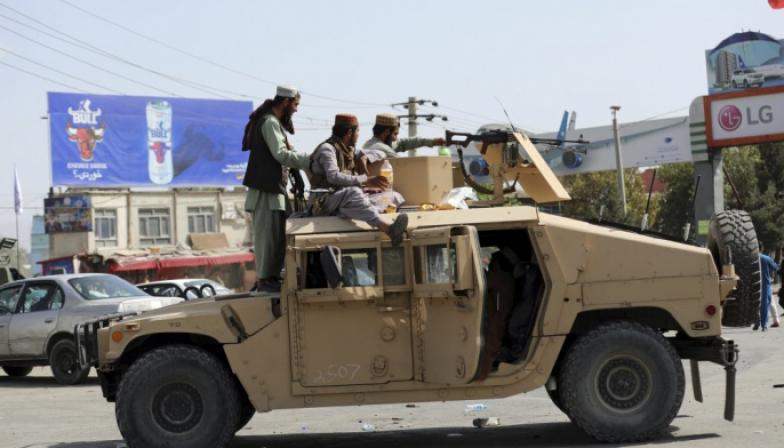Returning to power in Afghanistan after a 20-year absence, the Taliban have regained control of natural resources, which the country's former mining minister once said could be worth up to $ 3 trillion.
The estimate was made towards the end of the last commodity supercycle in 2010 and may be worth even more now, after the global economic recovery from the coronavirus shock has spiked prices for everything from copper to lithium this year.
Afghanistan is rich in resources such as copper, gold, oil, natural gas, uranium, bauxite, coal, iron ore, rare earths, lithium, chromium, lead, zinc, precious stones, talc, sulfur, travertine, gypsum, and marble.
Below is a breakdown of some of Afghanistan's key resources, assessed by the country's ministry of mining and the US government, and their potential monetary value to the war-torn Afghan economy if security challenges can be overcome.
Copper
According to the 2019 report of the Ministry of Mines and Oil Industry of Afghanistan, the country's copper reserves are almost 30 million tons.
A mining sector roadmap for Afghanistan, released by the ministry that same year, said an additional 28.5 million tonnes of copper were in undiscovered porphyry deposits. This will bring the total volume closer to 60 million tons, worth hundreds of billions of dollars in current prices, as demand for the metal rises.
A consortium of the Metallurgical Corporation of China (MCC) and Jiangxi Copper took a 30-year lease in 2008 for the country's largest copper project, Mes Aynak.
This giant asset has yet to be developed, but the MCC estimates the 11.08 million tonnes of copper it will hold will be worth more than $ 100 billion at current prices on the London Metal Exchange.
Other metals
The 2019 report also states that there are over 2.2 billion tonnes of iron ore steelmaking raw materials in Afghanistan, valued at over $ 350 billion at current market prices.
Gold resources were much more modest - about 2,700 kg, worth almost $ 170 million, while the Afghan ministry also said that non-ferrous metals, aluminum, tin, lead and zinc, "are located in many parts of the country."
Lithium and rare earths
In a 2010 US Department of Defense internal memorandum, Afghanistan was reportedly described as “Saudi Arabia's lithium,” meaning it could be as important to the global supply of metal for batteries as a Middle Eastern country is to crude oil.
The comparison was made at a time when lithium was already widely used in batteries for electronic devices, but before it became clear how much lithium would be needed for electric vehicle (EV) batteries and the transition to low-carbon technologies in the world.
The 2017/18 USGS report notes that there are deposits of spodumene, a lithium-containing mineral in Afghanistan, but no tonnage estimates are provided, and the 2019 Afghanistan report does not mention lithium at all.
However, a 2019 Ministry of Mines report says Afghanistan contains 1.4 million tonnes of rare earths, a group of 17 elements prized for their use in consumer electronics as well as military technology.



